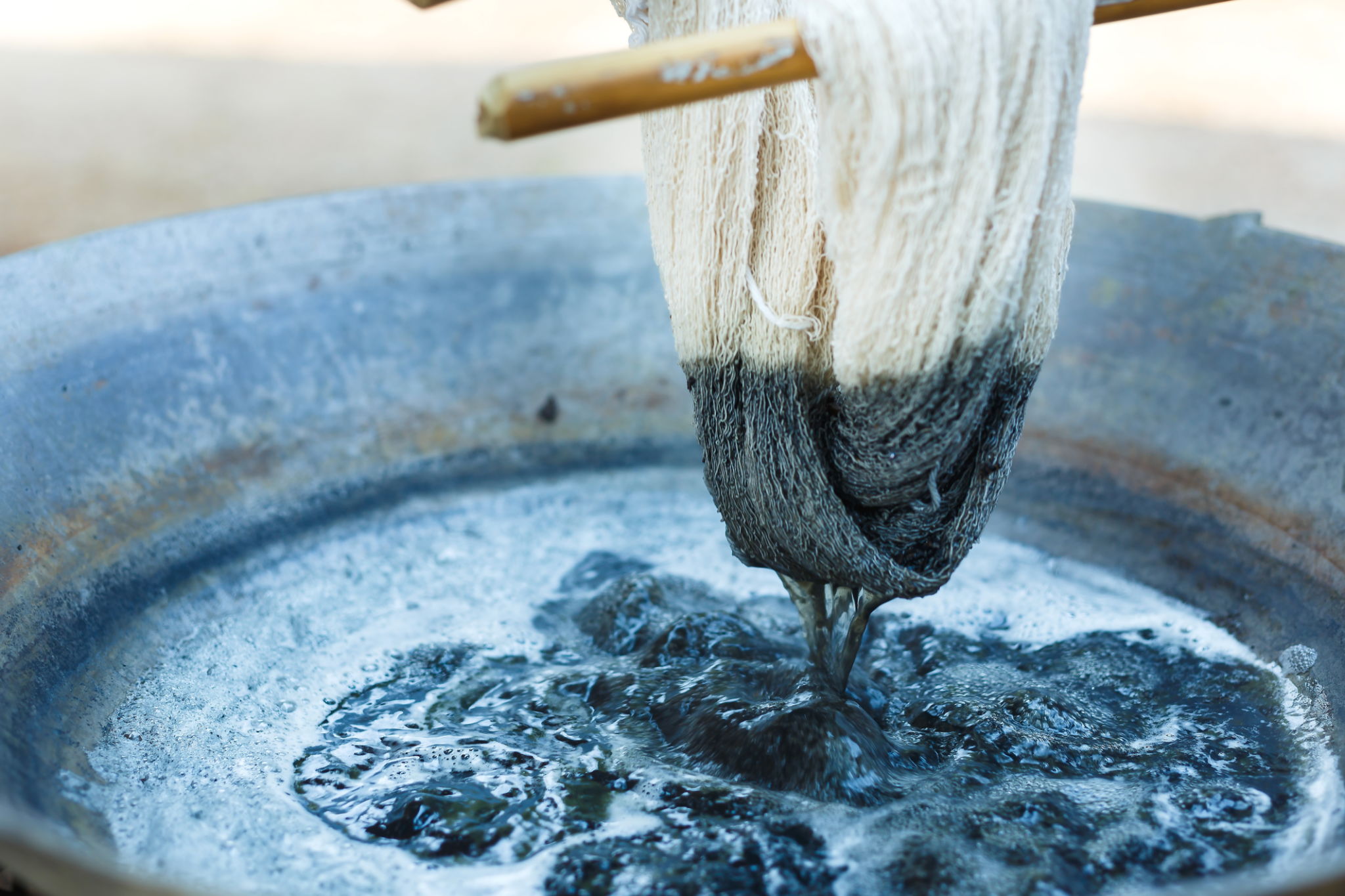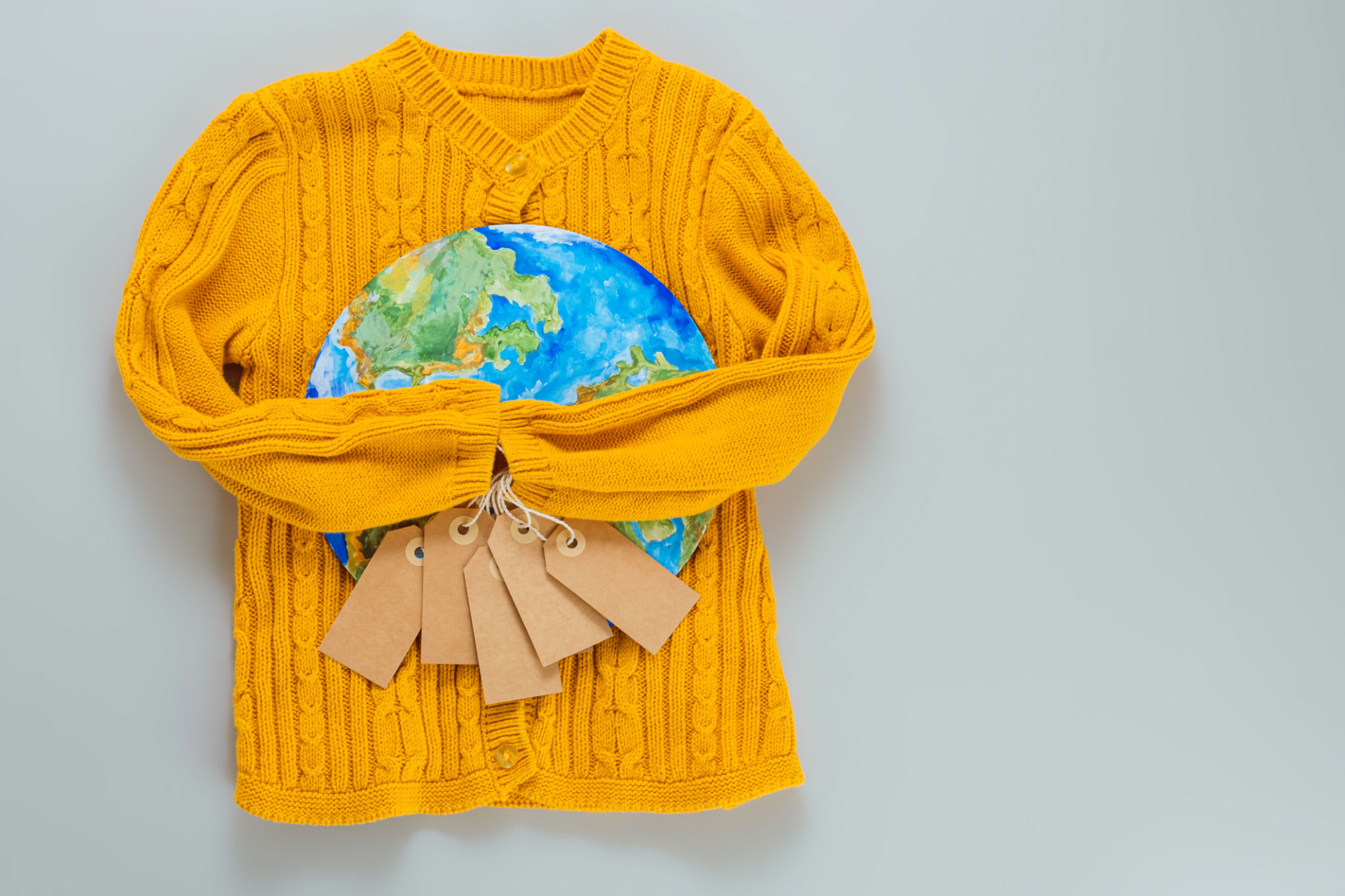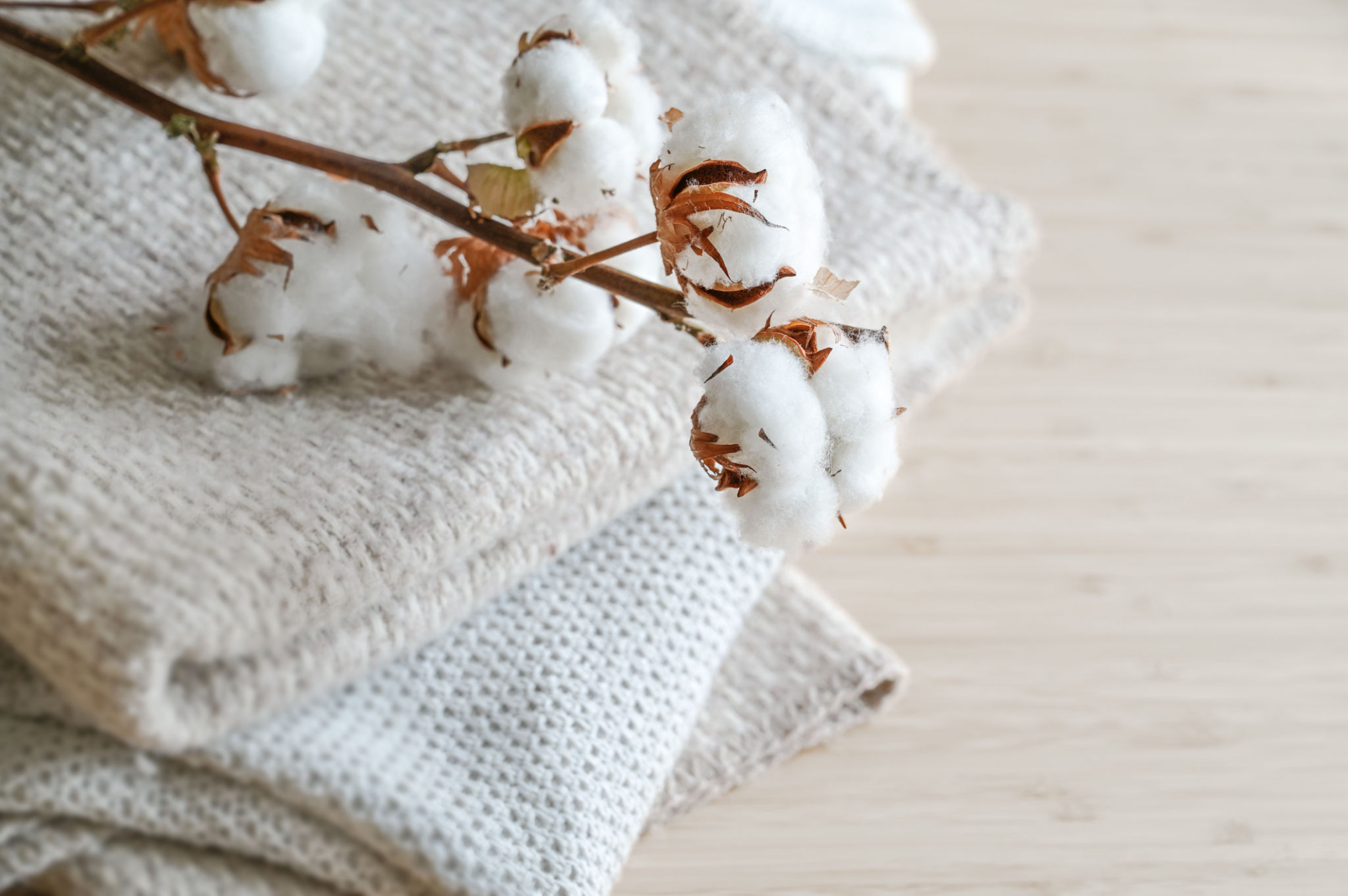The Role of Natural Colorants in Sustainable Fashion
Understanding Natural Colorants
In the quest for sustainability, the fashion industry is increasingly turning to natural colorants. Derived from plants, minerals, and even insects, these dyes offer an eco-friendly alternative to synthetic dyes, which are often derived from petrochemicals and can be harmful to the environment. Natural colorants not only reduce pollution but also provide a unique palette of colors that can transform fashion into a vibrant expression of nature.
Natural dyes have been used for centuries in various cultures around the world. From indigo for blue hues to turmeric for yellows, these colorants are deeply rooted in tradition. Today, their revival is driven by the growing demand for sustainable practices in fashion and the desire to reconnect with nature.

The Environmental Impact
The fashion industry's environmental footprint is a growing concern, with synthetic dyes contributing significantly to water pollution. These dyes often require large amounts of water and chemicals during the dyeing process, leading to contaminated waterways and harming aquatic life. In contrast, natural colorants require less water and are biodegradable, making them a more sustainable choice.
Moreover, the production of natural dyes often involves organic farming practices. This not only supports biodiversity but also reduces the reliance on chemical fertilizers and pesticides. By choosing natural colorants, fashion brands can significantly lower their environmental impact and promote healthier ecosystems.

Challenges and Opportunities
While the benefits of natural colorants are clear, there are challenges in their widespread adoption. One of the main issues is the consistency and vibrancy of colors. Natural dyes can vary based on the source material and environmental conditions, making it difficult to produce uniform shades.
However, advancements in technology and research are creating opportunities to overcome these challenges. Innovative techniques are being developed to improve the consistency of natural dyes and expand their color range. Additionally, collaborations between fashion brands and sustainable agriculture initiatives are fostering a more reliable supply chain for natural colorants.

The Future of Sustainable Fashion
The role of natural colorants in sustainable fashion is poised to grow as consumers become more conscious of their environmental impact. Brands that embrace these eco-friendly alternatives not only contribute to a healthier planet but also appeal to a market increasingly driven by sustainability.
Sustainable fashion is not just a trend but a necessity for the future. By integrating natural colorants into their designs, fashion brands can lead the way in creating a more ethical and environmentally friendly industry. This shift not only enhances brand reputation but also supports long-term ecological balance.
Conclusion
As we look towards a more sustainable future, the adoption of natural colorants in fashion represents a meaningful step forward. By reducing pollution, supporting biodiversity, and preserving traditional dyeing techniques, these eco-friendly dyes play a crucial role in transforming the industry.
Ultimately, embracing natural colorants is about more than just aesthetics; it's about making responsible choices that benefit people and the planet. As consumers, designers, and industry leaders come together to support this movement, sustainable fashion will continue to thrive, paving the way for a greener tomorrow.
